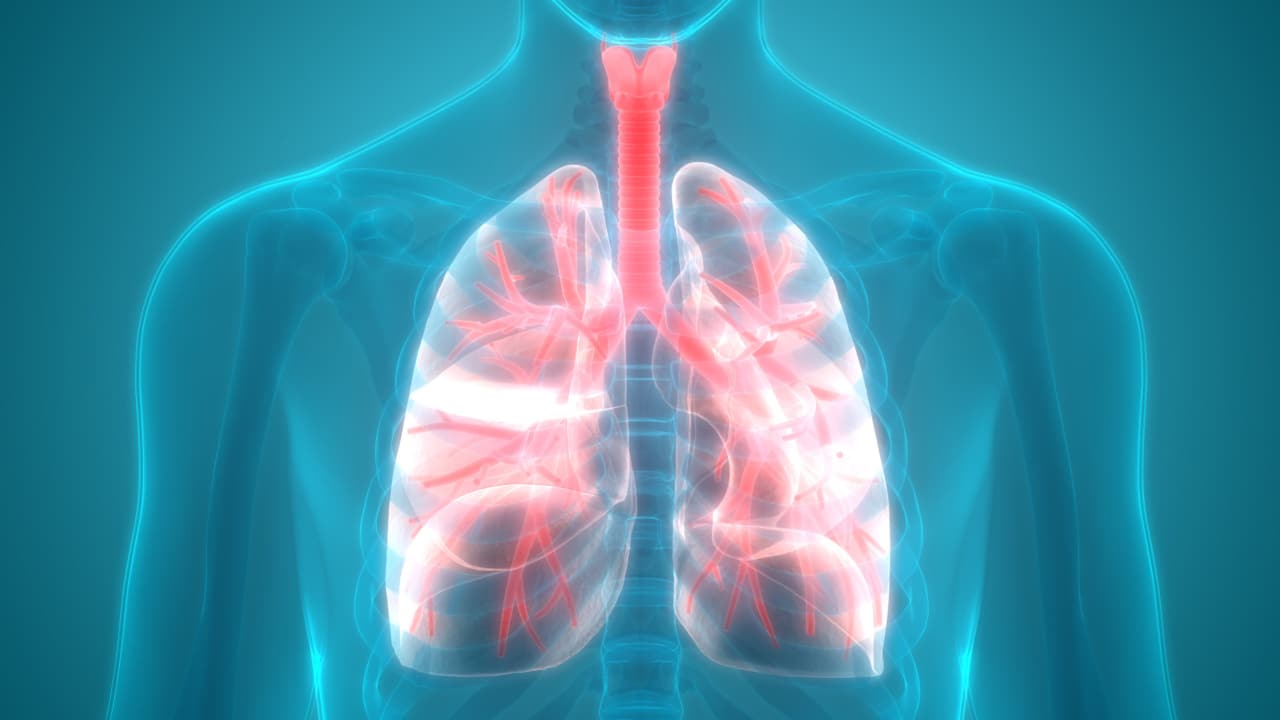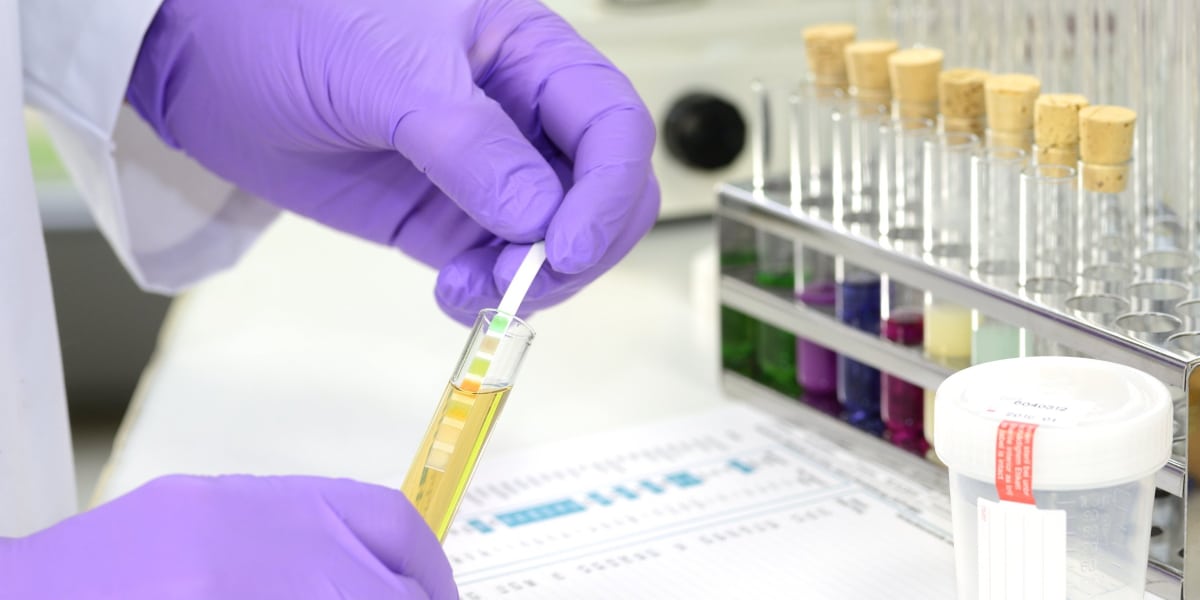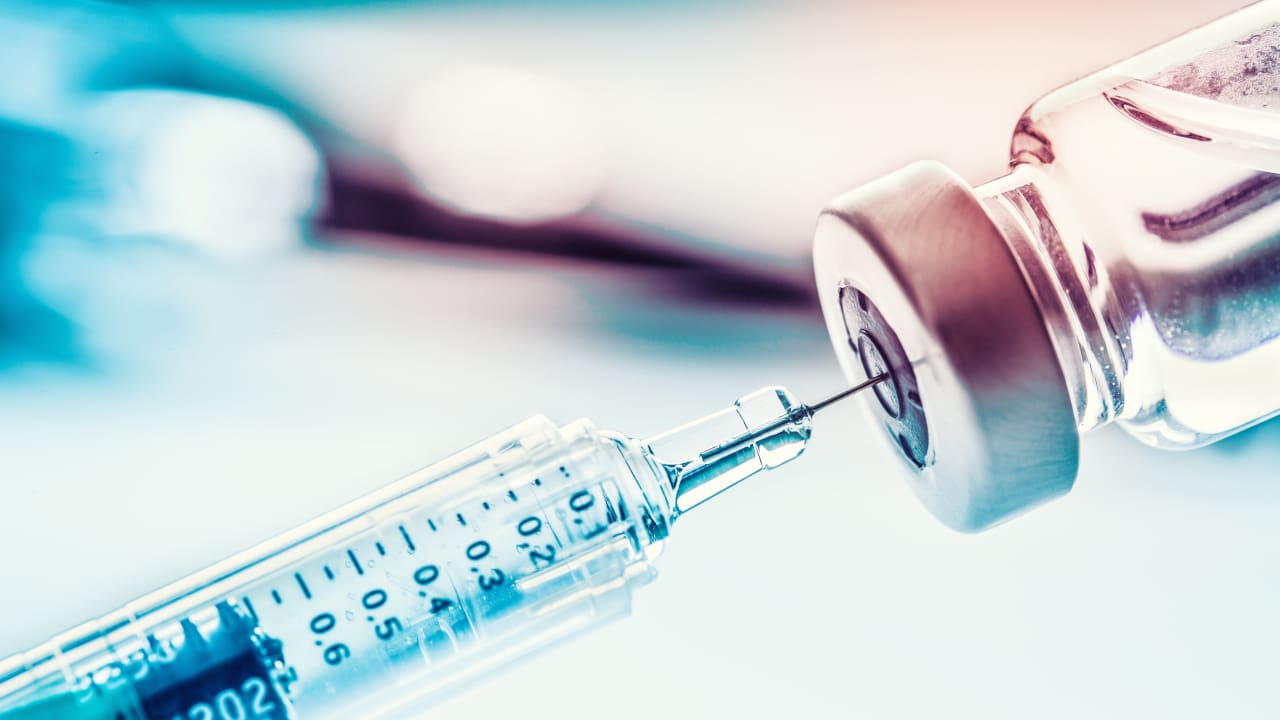Watch More! Unlock the full videos with a FREE trial
Already have an account? Log In
Add to Study plan
Master
Included In This Lesson
Study Tools
Flail Chest Diagram (Image)
CT Scan Pulmonary Contusions (Image)
Rib Fracture Xray (Image)
Access More! View the full outline and transcript with a FREE trial
Already have an account? Log In
ADPIE Related Lessons
Related Nursing Process (ADPIE) lessons for 05.02 Blunt Chest Trauma
Transcript
When we talk about blunt chest trauma there are probably a dozen different things we could talk about - but there are three main complications that are really important for you to know as a nurse as well as on the NCLEX - so we’re gonna talk about those and the most important things you need to know to take care of these patients.
So Blunt Chest Trauma is caused by some sort of blow to the chest - usually we see this with car accidents. You can see how the airbag and steering wheel would come straight into the patient’s chest in a collision. We may also see this if someone falls and lands on their chest or is hit by something in their chest - I’ve seen someone get crushed by falling machinery before. And then any kind of explosion causes a shockwave that can cause these issues. The three main issues we’re going to explore are rib fractures, flail chest, and pulmonary contusions. So let’s look at each of them individually.
So the first thing we’ll look at is rib fractures. You can see in this x-ray that this patient actually has multiple fractures on their left side. Unfortunately there’s usually nothing we can do for rib fractures except to wrap the chest for splinting. So as you could imagine, taking deep breaths becomes very painful. So patients tend to take rapid, shallow breaths instead of deep ones. As you will remember from the Atelectasis lesson, shallow breathing can lead to atelectasis and it can lead to mucus and fluid building up in the lungs, causing pneumonia. Then, it’s also possible that one of these broken ribs could puncture a lung and cause a pneumo or hemothorax, which we’ll cover in more detail in the next lesson. So, what do we do for these patients? Well we want to encourage those chest expansion exercises we’ve talked about before - incentive spirometry, turn cough, deep breathing, etc. We’ll also give them analgesics to control their pain and encourage them to splint their chest when they take deep breaths. That basically looks like them hugging a pillow to their chest when they cough so it stabilizes those fractures. And then, of course, we’ll give them oxygen if they need it. But the BIG takeaways here is rib fractures cause pain, which causes shallow breathing and leads to atelectasis and possible pneumonia. So we’ve got to get them breathing deeply.
Now flail chest is something you may not see often, but it can be dangerous so we want you to be able to recognize it. Also, I had a question about flail chest on my NCLEX so I want you to know what it is! Flail chest happens when you have multiple fractures on the same rib. So if this is your rib, you’d have a fracture here and here. So this piece here is basically ‘floating’. So what you see is what’s called paradoxical movements in the chest wall. Remember that we breathe in by creating a negative pressure and pulling the air in. Since this piece is floating, when we pull that negative pressure breath, this piece gets sucked in. And when we breathe out, the piece gets pushed out by the positive pressure. Now, in the same way as regular rib fractures, these patients are at risk for atelectasis and pneumonia so we do all the same interventions as before. The difference here is that because of this floating piece, it isn’t allowing the lung to expand like it’s supposed to with our normal breathing. So many times these patients require mechanical ventilation. Remember it’s positive pressure, so that forces this area to expand even with the fracture and it prevents that atelectasis. We need to monitor these patients closely just in case.
Any time you think Pulmonary Contusion I want you to think “Lung Bruise”. Think about if you did something I do all the time like run into a door... it’s going to hurt, of course. But it will also probably bruise. What’s a bruise? It’s just a collection of blood and usually some swelling. So what happens in a pulmonary contusion - or a lung bruise - is that blood and fluid starts to fill the alveoli and make gas exchange difficult. You can see here how this patient has contusions in the back of their lungs on both sides - that’s blood and fluid filling their lungs You can also see a little pneumothorax here. Now, the other thing to think about is that you don’t bruise that badly on day 1, do you? We say something like “that’s gonna be bruised tomorrow”, right? So the same thing happens in a lung bruise. It actually gets worse before it gets better. So you may have a patient who is doing just fine, but then the next day suddenly they’re crashing. Pulmonary contusions will do that. They’re very unpredictable. So in addition to the same care we’ve already mentioned, incentive spirometry, splinting, oxygen - we also need to be monitoring them very closely - they’ll also get more frequent chest x-rays to look for contusions and we’ll check ABGs. Don’t be afraid to speak up and get your patient escalated to a higher level of care if you feel like they’re getting worse.
We’ve attached a care plan to this lesson, but let’s quickly summarize the main nursing concepts for a patient with blunt chest trauma. Obviously we need to focus on oxygenation and gas exchange. We need to make sure they’re taking deep breaths to prevent atelectasis, monitor their SpO2 and keep an eye on their work of breathing and ABG’s in case they’re getting worse. And focusing on comfort by encouraging splinting and giving pain meds can help the patient be able to take deeper breaths.
Okay, so just to review - the mechanism of the injury can tell you what possible injuries they might have or how severe they might be. Remember they could have one or more of these things at the same time. We need to encourage breathing exercises for all of these patients - including incentive spirometry, deep breathing and coughing, and splinting. We provide pain control so that the deep breaths are a bit easier - just be sure you aren’t decreasing their respiratory rate too much. And then we’re going to monitor oxygenation and gas exchange closely because we know that these things could get worse before they get better, just like a bruise on your arm.
So that’s blunt chest trauma, be sure to check out the care plan and the other resources attached to this lesson. Now, go out and be your best self today. And, as always, Happy Nursing!!
So Blunt Chest Trauma is caused by some sort of blow to the chest - usually we see this with car accidents. You can see how the airbag and steering wheel would come straight into the patient’s chest in a collision. We may also see this if someone falls and lands on their chest or is hit by something in their chest - I’ve seen someone get crushed by falling machinery before. And then any kind of explosion causes a shockwave that can cause these issues. The three main issues we’re going to explore are rib fractures, flail chest, and pulmonary contusions. So let’s look at each of them individually.
So the first thing we’ll look at is rib fractures. You can see in this x-ray that this patient actually has multiple fractures on their left side. Unfortunately there’s usually nothing we can do for rib fractures except to wrap the chest for splinting. So as you could imagine, taking deep breaths becomes very painful. So patients tend to take rapid, shallow breaths instead of deep ones. As you will remember from the Atelectasis lesson, shallow breathing can lead to atelectasis and it can lead to mucus and fluid building up in the lungs, causing pneumonia. Then, it’s also possible that one of these broken ribs could puncture a lung and cause a pneumo or hemothorax, which we’ll cover in more detail in the next lesson. So, what do we do for these patients? Well we want to encourage those chest expansion exercises we’ve talked about before - incentive spirometry, turn cough, deep breathing, etc. We’ll also give them analgesics to control their pain and encourage them to splint their chest when they take deep breaths. That basically looks like them hugging a pillow to their chest when they cough so it stabilizes those fractures. And then, of course, we’ll give them oxygen if they need it. But the BIG takeaways here is rib fractures cause pain, which causes shallow breathing and leads to atelectasis and possible pneumonia. So we’ve got to get them breathing deeply.
Now flail chest is something you may not see often, but it can be dangerous so we want you to be able to recognize it. Also, I had a question about flail chest on my NCLEX so I want you to know what it is! Flail chest happens when you have multiple fractures on the same rib. So if this is your rib, you’d have a fracture here and here. So this piece here is basically ‘floating’. So what you see is what’s called paradoxical movements in the chest wall. Remember that we breathe in by creating a negative pressure and pulling the air in. Since this piece is floating, when we pull that negative pressure breath, this piece gets sucked in. And when we breathe out, the piece gets pushed out by the positive pressure. Now, in the same way as regular rib fractures, these patients are at risk for atelectasis and pneumonia so we do all the same interventions as before. The difference here is that because of this floating piece, it isn’t allowing the lung to expand like it’s supposed to with our normal breathing. So many times these patients require mechanical ventilation. Remember it’s positive pressure, so that forces this area to expand even with the fracture and it prevents that atelectasis. We need to monitor these patients closely just in case.
Any time you think Pulmonary Contusion I want you to think “Lung Bruise”. Think about if you did something I do all the time like run into a door... it’s going to hurt, of course. But it will also probably bruise. What’s a bruise? It’s just a collection of blood and usually some swelling. So what happens in a pulmonary contusion - or a lung bruise - is that blood and fluid starts to fill the alveoli and make gas exchange difficult. You can see here how this patient has contusions in the back of their lungs on both sides - that’s blood and fluid filling their lungs You can also see a little pneumothorax here. Now, the other thing to think about is that you don’t bruise that badly on day 1, do you? We say something like “that’s gonna be bruised tomorrow”, right? So the same thing happens in a lung bruise. It actually gets worse before it gets better. So you may have a patient who is doing just fine, but then the next day suddenly they’re crashing. Pulmonary contusions will do that. They’re very unpredictable. So in addition to the same care we’ve already mentioned, incentive spirometry, splinting, oxygen - we also need to be monitoring them very closely - they’ll also get more frequent chest x-rays to look for contusions and we’ll check ABGs. Don’t be afraid to speak up and get your patient escalated to a higher level of care if you feel like they’re getting worse.
We’ve attached a care plan to this lesson, but let’s quickly summarize the main nursing concepts for a patient with blunt chest trauma. Obviously we need to focus on oxygenation and gas exchange. We need to make sure they’re taking deep breaths to prevent atelectasis, monitor their SpO2 and keep an eye on their work of breathing and ABG’s in case they’re getting worse. And focusing on comfort by encouraging splinting and giving pain meds can help the patient be able to take deeper breaths.
Okay, so just to review - the mechanism of the injury can tell you what possible injuries they might have or how severe they might be. Remember they could have one or more of these things at the same time. We need to encourage breathing exercises for all of these patients - including incentive spirometry, deep breathing and coughing, and splinting. We provide pain control so that the deep breaths are a bit easier - just be sure you aren’t decreasing their respiratory rate too much. And then we’re going to monitor oxygenation and gas exchange closely because we know that these things could get worse before they get better, just like a bruise on your arm.
So that’s blunt chest trauma, be sure to check out the care plan and the other resources attached to this lesson. Now, go out and be your best self today. And, as always, Happy Nursing!!
View the FULL Transcript
When you start a FREE trial you gain access to the full outline as well as:
- SIMCLEX (NCLEX Simulator)
- 6,500+ Practice NCLEX Questions
- 2,000+ HD Videos
- 300+ Nursing Cheatsheets
“Would suggest to all nursing students . . . Guaranteed to ease the stress!”







